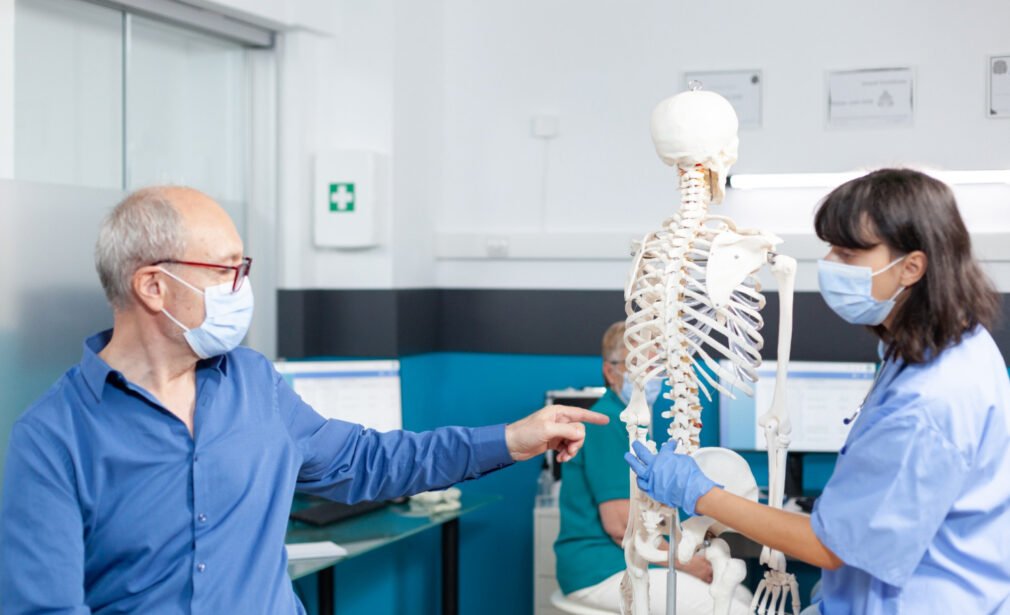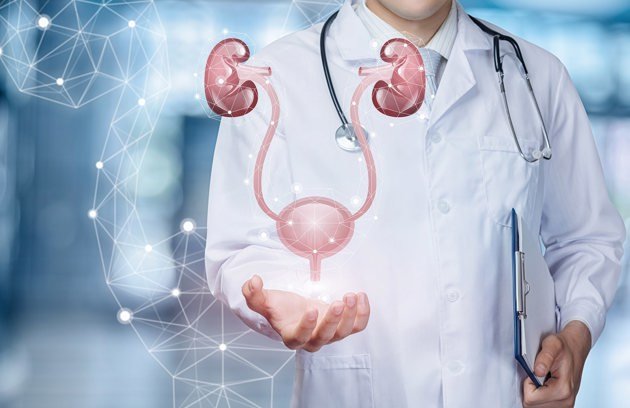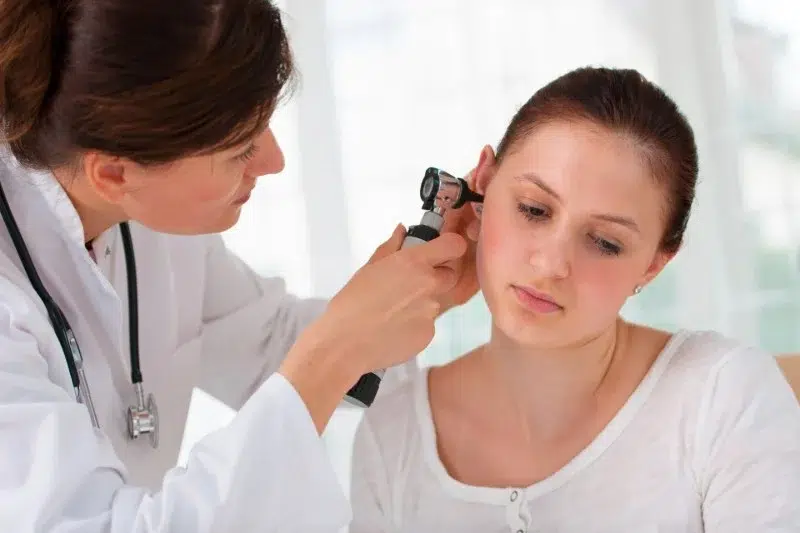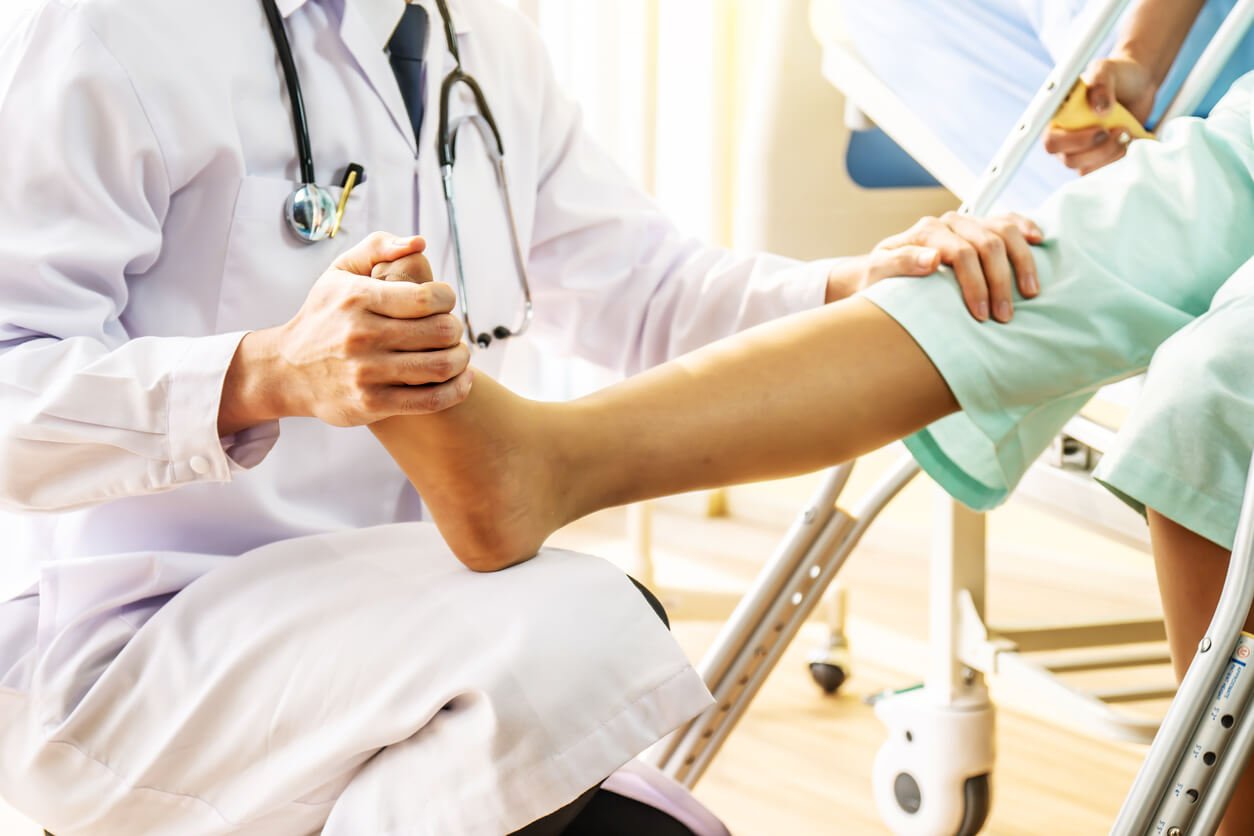It is vital to maintain a healthy and balanced posture for keeping your mobility and comfort constant and general well-being. The musculoskeletal system, which includes bones, joints muscles, ligaments muscles, nerves and tendons plays an essential role in each motion we do including walking and bent to stretching and lifting. But, if the body is in pain or has problems with the structures of these, it could negatively impact your life performance, work efficiency, as well as emotional wellbeing.
Although some pains and aches tend to be temporary and can improve through rest or simple care while others could indicate more serious injuries that require a medical evaluation. Knowing when to consult a doctor can be the difference between simple care or long-term problems.
Here below are seven indicators to never overlook – each telling you that it’s the right appropriate to seek out an orthopedic doctor.
1. Recurring Joint or Bone Pain
Your body’s method of telling you that something’s not right. A few times you may experience discomfort during workouts or intense activities is common, however the persistent pain over a period of time or recurs often may indicate chronic problems with your joints. If you are experiencing pain that gets worse with exercise, is incompatible with sleeping or arouses regardless of rest, you’re due to seek out a medical professional for an assessment.
Common causes are:
- Osteoarthritis is the progressive wear away of cartilage, which cushions joints.
- Tendonitis is tendon inflammation caused by repetitive motions.
- Cartilage injury caused by injury as well as aging or the degenerative process.
- Stress fractures tiny fractures inside bones triggered by repeated forces or impacts.
The inability to treat chronic pain could cause more severe joint injuries, which can make future treatments more difficult. A best orthopedic doctor Ahmedabad can determine the underlying cause and recommend specific treatments such as treatment for inflammation as well as physical therapy or joint injections.
2. Restricted Range of Motion
If you feel the stiffness of your joints or have difficulty in moving joints, such as bent your knee, turning your shoulder or turning your neck, this might be an indication of joint damage, or structural problems. The decrease in flexibility usually develops slowly however it can rapidly increase in the absence of treatment.
The red flags: A stiffness that does not improve through rest, gentle stretching or at-home remedies like heating and ice.
The possible causes are:
- Arthritis (osteoarthritis or arthritis rheumatoid) leading to joint stiffness.
- A frozen shoulder or adhesive capsulitis which causes severe limitations in arm movements.
- Ligament injuries or muscle imbalances restricting normal mobility.
A thorough evaluation of your orthopedic condition at Lifeline Multispeciality Hospital can deter any further joint damage. With imaging techniques such as the X-rays or MRI scans experts can determine whether cartilage inflammation or joint alignment issues are the cause of your discomfort.
3. Swelling or Inflammation That Doesn’t Ease
A mild swelling following training or a minor injury is usually short-term. But, persistent or unexplained swelling could indicate more severe internal issues, like the possibility of a ruptured ligament, fracture or infection inside the joint.
What should you be looking out for:
- The sensation of warmth or redness is felt at the joint.
- A visible deformity or a unique shape.
- The pain can be more intense when the skin is touched, or while moving.
Chronic inflammation may cause harm to joints and cause rigidity, weakness or a deformity. Sometimes swelling, it could point towards an autoimmune condition called septic arthritis – a joint inflammation that requires urgent medical attention. Orthopedic doctors can carry out ultrasound and fluid tests to determine the root cause of the problem and start treatment promptly.
4. Numbness or Tingling in Limbs
An itch, burning or “pins and needles” sensation within your hands, arms and legs frequently indicates nerve irritation or compression. The symptoms could be a result of problems with the spine or problems with nerve entrapment and shouldn’t be overlooked.
The most common causes of this are:
- Carpal tunnel syndrome – Compression of the median nerve within the wrist.
- Herniated discs bulging discs in the spinal region pressuring nearby nerves.
- Sciatica caused by inflammation on the nerve sciatica that causes discomfort that spreads across the leg.
Prolonged nerve compression could result in permanent injury, muscle weakening, or loss of coordination. When a physician is quick to recognize the problem, the higher chances of complete recovery using conservative methods including exercises, ergonomic modifications and surgical decompression, when needed.
5. Bone or Joint Deformities
Any apparent deformity whether it’s due to an injury or advancing over time requires an evaluation for orthopaedics. A crooked or misaligned limb, bones that are not aligned or unusual joint shape could indicate dislocations, fractures or degenerative joint problems.
Common scenarios:
- Fractures in children: bones can heal in a way that isn’t correct if not properly treated.
- The condition is severe arthritis: The wear and tear of chronic arthritis can cause joint distortions such as fingers, knees, and hips.
- Post-traumatic injury: In which the bone isn’t healing properly following injury.
How Do I Seek Assistance Early?
Orthopedic doctor Ahmedabad can realign bones by using braces, castings or even surgery, if required. If left untreated, the deformities could result in gait problems, pain or imbalances, which can lead to increased strain on various body parts.
6. Instability While Walking or Standing
If you find yourself feeling like your knee may “give out” or your ankle isn’t able to support the weight of your body, it could suggest the joint is unstable. This is a sign that it’s risky in older people, since it raises the likelihood of sustaining fractures or falls.
Possible cause:
- Ligament tear (such such as the ACL tears or ankle strains).
- The weakness or imbalance of the muscles caused by an injury or lack of activity.
- Conditions of joint degeneration which affect joint stability.
Tip:
Be aware of the recurring episodes of instability. Orthopedic doctor in Ahmedabad at Lifeline Multispeciality Hospital can conduct tests of strength and stability to identify weaknesses. They may suggest specific rehabilitation exercises and braces with support or surgical repairs to restore stability and stop injuries.
7. Injuries That Aren’t Healing
When a strain, sprain or fracture isn’t able to recover as anticipated this could signal the presence of an untreated problem or mistaken diagnosis. Inflammation, pain or weakness that lasts throughout the following weeks following injury needs to be evaluated by a professional.
Potentially causing problems:
- Fractures that are nonunion bones which aren’t healing properly.
- Tendon injuries that are chronic in which there is no healing, leading to a long-term weakening.
- Soft tissue injuries muscle or ligaments that aren’t recovering from overuse.
The delay in treatment could turn a minor injury into a persistent condition that could require surgical intervention or a prolonged rehabilitation. The best Orthopedic doctor Gota uses the latest diagnostic imaging as well as physical examinations to confirm that healing is proceeding as planned.
Conclusion
The inability to recognize orthopedic issues can cause long-lasting effects, resulting in persistent pain, restricted mobility, and even more complicated procedures later on. If you’re suffering from constant pain, stiffness or instability, or numbness, immediate medical attention is the best way to improve your health and comfort.







